Study of atmospheric parameters varying with LT around volcanoes from PFS observations
- Istituto Nazionale di Astrofisica (INAF), Istituto di Astrofisica e Planetologia Spaziali (IAPS), Rome, Italy
Abstract
We present a new type of observations (scan mode) to study of atmospheric parameters varying with LT over volcanoes in the Tharsis region. Atmospheric parameters include vertical temperature profiles, total dust, water ice opacities and surface temperatures.
- Introduction
Atmospheric thermal fields can be used to study the planetary boundary layer and local circulation around volcanoes. The depth of the planetary boundary layer can be estimated from a behavior of atmospheric temperatures. It turns out that the depths of the planetary boundary layer are larger over the Tharsis than over the other regions [1]. Here, we report the LT variations of dust and water ice opacities along with atmospheric and surface temperatures. In the future we will investigate the behavior of the planetary boundary layer with LT and thus the local circulation around volcanoes by means of atmospheric temperatures obtained from PFS observations.
- Results
Figure 1 presents a thermal field from the surface to around 60 km of altitude around Olympus Mons for measurements from orbit 21202. Atmospheric temperatures are plotted as a function of LT, pressures and altitudes. The track of this orbit is given in Figure 2 with variations of surface temperatures along the orbit. Figure 1 illustrates a hot structure along the west slope and less over the south side of Olympus Mons. We observe a cold structure over the highest sounded point, close to the top of the volcano, above 10 km of altitude. Dust opacities along the orbit are around 0.2. The dust opacity varies a little with LT close to the volcano. A water ice opacity around 0.06 is observed over the highest sounded altitude. The surface temperatures increase with LT. It only decreases along slopes to reach 260 K instead of 270 K in the west valley. A region of the south-eastward of the volcano has the maximum of surface temperatures.
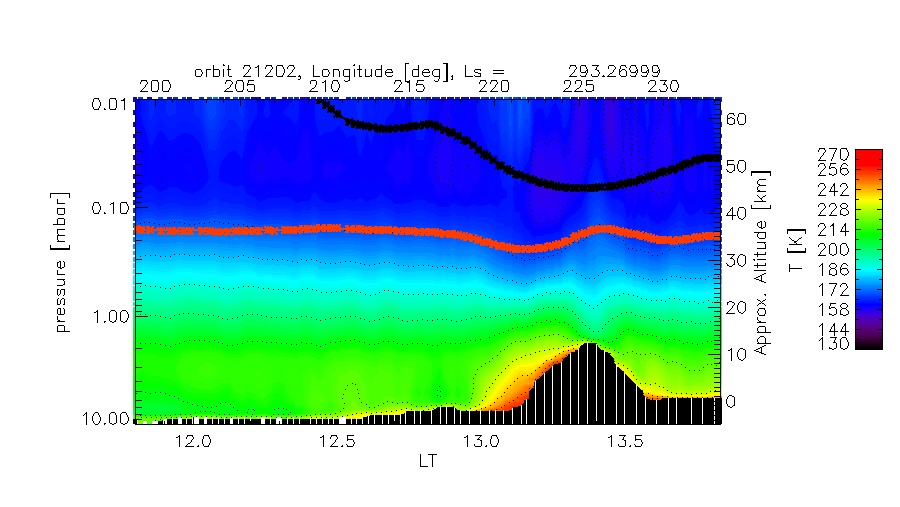
Figure 1: Thermal structures over Olympus Mons (orbit 21202) with dust and water ice opacities plotted as lines with asterisks (red – dust, black – water ice). Y axis is also dedicated to the range of opacities.
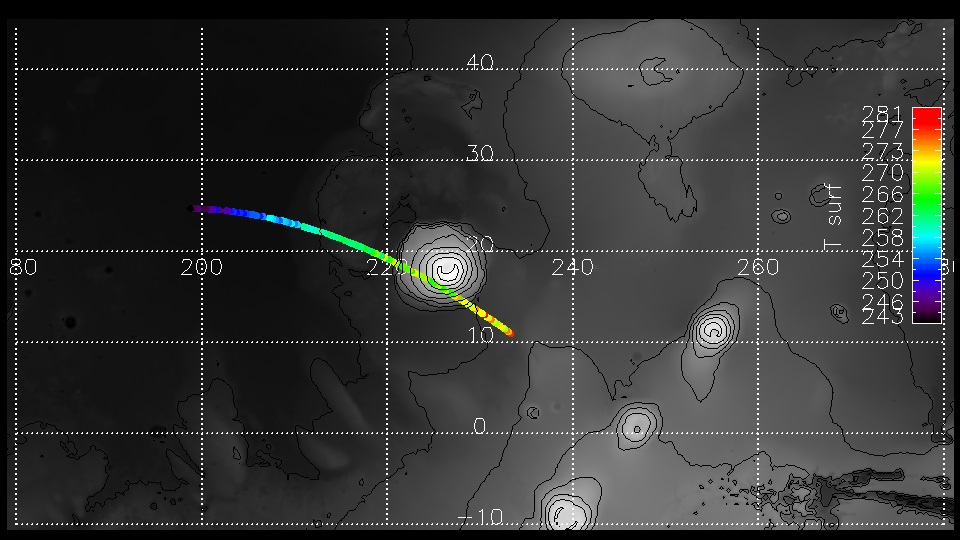
Figure 2: The track of orbit 21202 with surface temperature variations along this orbit.
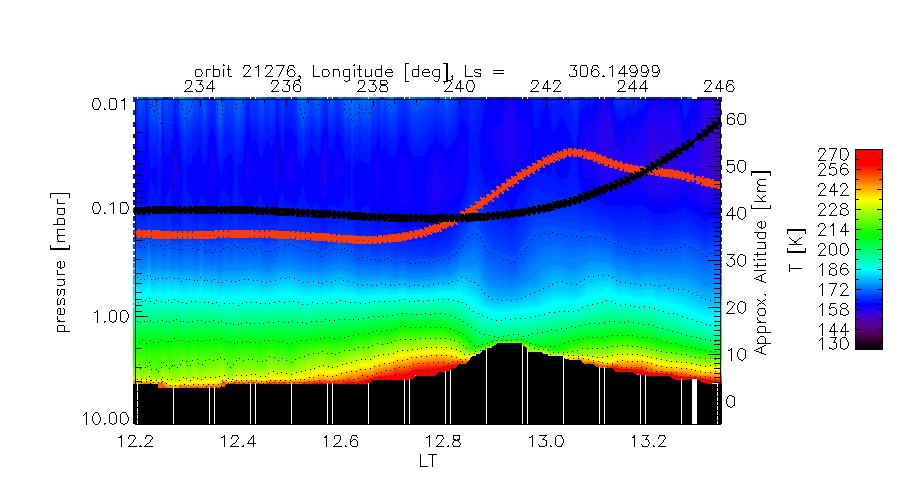
Figure 3: Thermal structures over Arsia Mons and Pavonis Mons (orbit 21276) with dust and water ice opacities plotted as red and black lines, respectively. Y axis is also dedicated to the range of opacities.
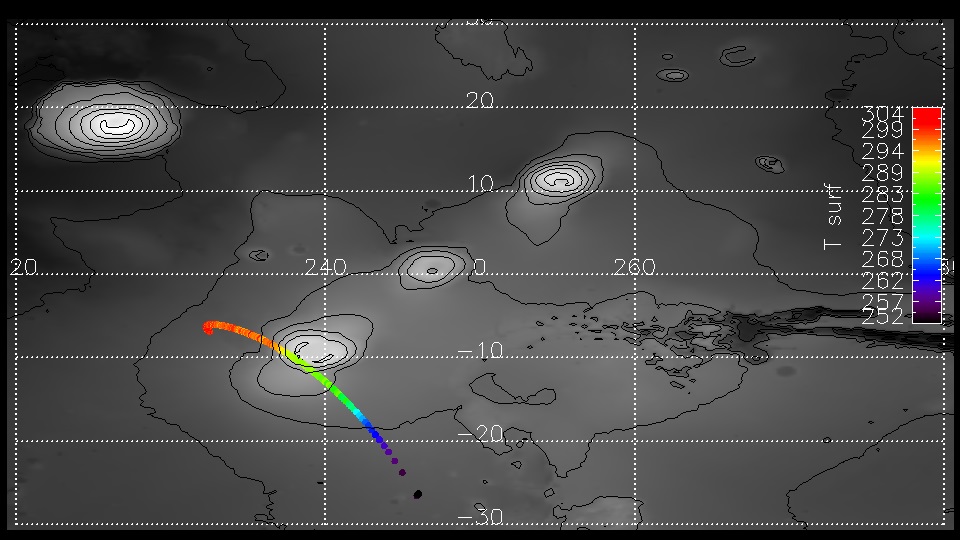
Figure 4: The track of orbit 21276 with surface temperature variations along this orbit.
Figure 3 presents thermal structures but over Arsia Mons. Again we observe the hot structure over the valleys and slopes. And on the contrary to the slopes we observe the cold atmosphere over 10 km of altitude, close to the top of the volcano. Dust opacities are around 0.2 on the west side of the volcano. They decrease with increasing LTs southward of the volcano. The similar behavior is observed for water ice opacities. The track of the orbit 21276 is given in Figure 4 along with variations of surface temperatures. However, the surface temperatures decrease with the increasing LTs. It is due to the emission angles larger than 70°.
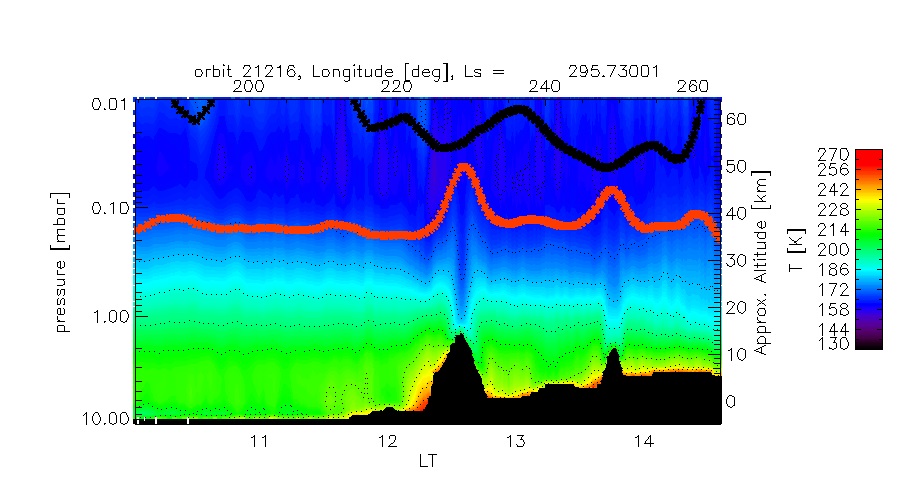
Figure 5: Thermal structures over Olympus Mons and Pavonis Mons (orbit 21216) with dust and water ice opacities plotted as red and black lines, respectively. Y axis is also dedicated to the range of opacities.
Figure 5 also presents thermal structures over Olympus and Pavonis Mons. The atmospheric temperatures are large close to the valleys and slopes with respect to the cold structure close to the top of volcanoes. Dust opacities are around 0.15 but they show minima over the top of the volcanoes. This means that the most dust is suspended in atmospheric layers in valleys. The summits are rid of the dust. The largest value of water ice opacity is around 0.04 and is within the retrieval error.
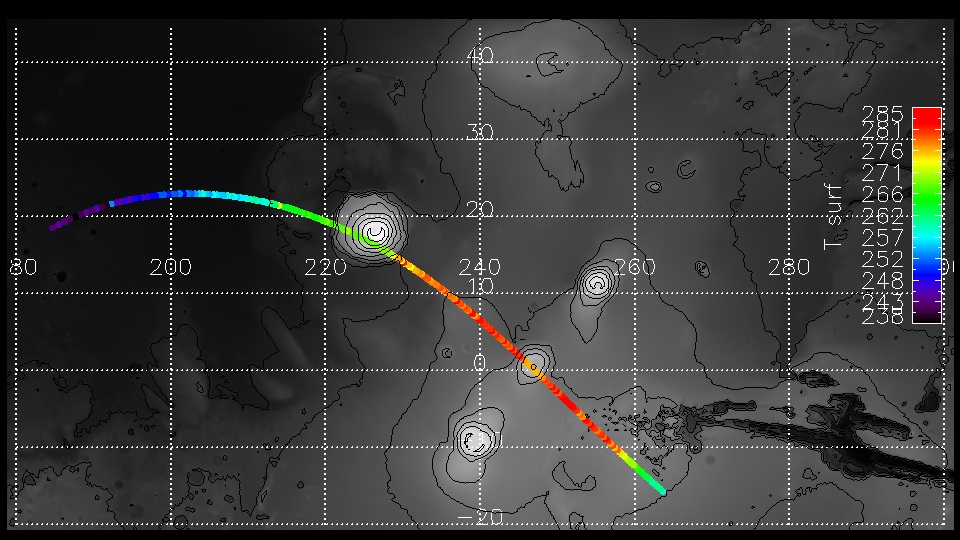
Figure 6: The track of orbit 21216 with surface temperature variations along this orbit.
Figure 6 shows the track of orbit 21216. A variation of surface temperatures is shown along this orbit in Figure 6. The surface temperatures increase with increasing LTs. Only, at the end of orbit, at around 260°E surface temperatures decrease because of the emission angles larger than 70°. A drop of surface temperatures by 10 K is also found over the Pavonis Mons summit.
- Summary and Conclusions
We exploit the new type of observations to study the LT variations of atmospheric parameters. We investigate atmospheric thermal fields along with variations of dust and water ice opacities over volcanoes. We find the cold atmosphere over the tops of the volcanoes and the hot structures over the slopes and in valleys during early afternoon hours. In orbit 21216 we observe dust minima over the summits of the volcanoes. The water ice opacity is around 0.1 on the west side of Arsia Mons.
Acknowledgements
Authors would like to thank to all SGS team especially Alejandro Cardesin Moinelo, Julia Marin-Yaseli de la Parra and Donald Merritt for the implementation of new type of observations.
References
[1] Hinson D.P. et al., The martian daytime convective boundary layer: Results from radio occultation measurements and a mesoscale model, Icarus, 326, (2019), 105 – 122.
How to cite: Wolkenberg, P. and Giuranna, M.: Study of atmospheric parameters varying with LT around volcanoes from PFS observations, European Planetary Science Congress 2021, online, 13–24 Sep 2021, EPSC2021-805, https://doi.org/10.5194/epsc2021-805, 2021.

